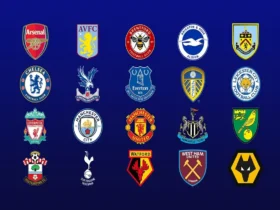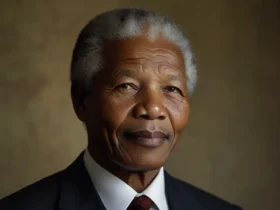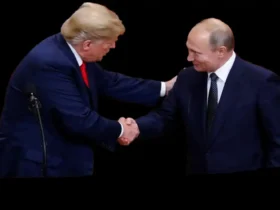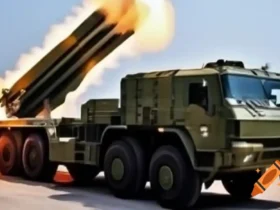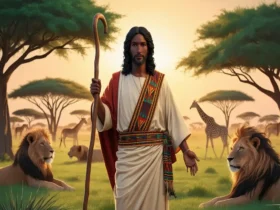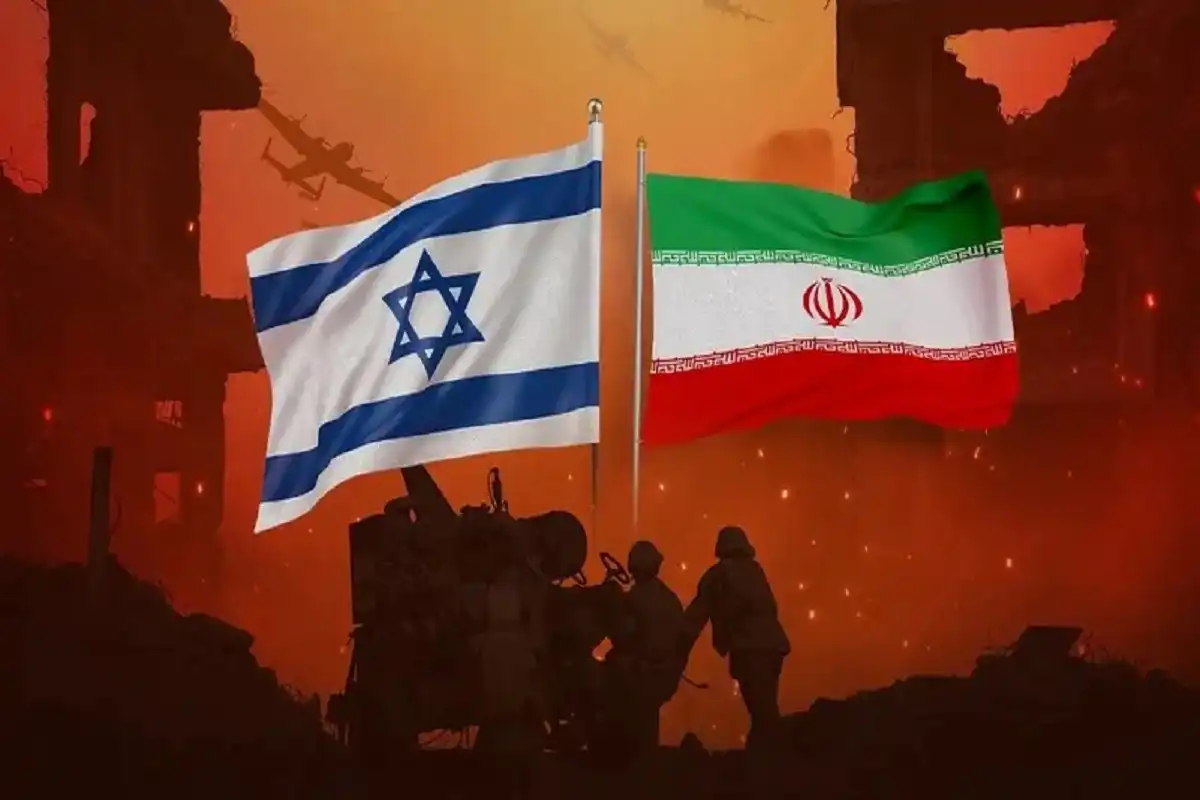The geopolitical dynamics of the Middle East are profoundly influenced by the contrasting narratives, historical contexts, and socio-political frameworks of Iran and Israel. At the heart of these two nations lies a fundamental ideological divergence: Iran, an Islamic Republic established after the 1979 revolution, embraces a theocratic governance model rooted in Shia Islam, while Israel, established in 1948 as a Jewish state, operates as a parliamentary democracy.
This difference in governance shapes their internal policies, foreign relations, and approach to democracy and human rights.
For instance, Iran’s leadership promotes a revolutionary ideology that seeks to challenge Western hegemony, often resulting in tensions with countries like the United States and its allies.
In contrast, Israel’s political landscape is characterized by a complex blend of secular and religious influences, with a focus on democratic governance and the preservation of a Jewish identity amid regional adversities.
Basic Overview: Iran and Israel
| Aspect | Iran | Israel |
|---|---|---|
| Capital | Tehran | Jerusalem |
| Area | 1,648,195 km² | 22,072 km² |
| Population | Approx. 85 million | Approx. 9 million |
| Official Language | Persian (Farsi) | Hebrew |
| Government Type | Islamic Republic | Parliamentary Democracy |
| Currency | Iranian Rial | Israeli New Shekel |
Historical Background: Iran and Israel
Iran
- Ancient Civilization: Iran, historically known as Persia, boasts one of the world’s oldest civilizations, with significant contributions to art, science, and culture.
- Islamic Revolution: In 1979, Iran underwent a significant political transformation with the Islamic Revolution, which led to the establishment of an Islamic Republic under Ayatollah Khomeini.
Israel
- Establishment: Israel was officially founded in 1948 following the end of British Mandate and the Holocaust, which fueled the Jewish push for a homeland.
- Arab-Israeli Conflicts: The establishment of Israel led to multiple conflicts with neighboring Arab states, including several wars and ongoing disputes regarding Palestinian territories.
Political Structure: Iran and Israel
| Aspect | Iran | Israel |
|---|---|---|
| Political System | Theocracy with Supreme Leader | Democratic parliamentary system |
| Head of State | Supreme Leader Ali Khamenei | President (currently Isaac Herzog) |
| Head of Government | President (currently Ebrahim Raisi) | Prime Minister (currently Benjamin Netanyahu) |
| Legislative Body | Islamic Consultative Assembly | Knesset (Parliament) |
Demographics: Iran and Israel
| Aspect | Iran | Israel |
|---|---|---|
| Majority Ethnic Group | Persian | Jewish |
| Minority Groups | Azeri, Kurdish, Arab, Baloch | Arab, Druze, Circassian |
| Main Religions | Islam (predominantly Shia) | Judaism (predominantly secular) |
| Language Diversity | Persian (Farsi) and various ethnic languages | Hebrew, Arabic |
Economic Overview: Iran and Israel
| Aspect | Iran | Israel |
|---|---|---|
| GDP (nominal) | $362 billion (2022 est.) | $480 billion (2022 est.) |
| Main Industries | Oil and gas, agriculture, automotive | Technology, agriculture, manufacturing |
| Major Exports | Crude oil, petrochemicals | Diamonds, technology, pharmaceuticals |
| Trade Partners | China, India, South Korea | United States, China, European Union |
Military Strength: Iran and Israel
| Aspect | Iran | Israel |
|---|---|---|
| Active Military Personnel | Approx. 523,000 | Approx. 170,000 |
| Military Budget | Approx. $20 billion (2022 est.) | Approx. $24 billion (2022 est.) |
| Strategic Assets | Ballistic missiles, naval power, asymmetric warfare | Advanced air force (IAF), cybersecurity |
Key Differences and Similarities: Iran and Israel
Similarities
- Geopolitical Role: Both nations play crucial roles in Middle Eastern geopolitics. Iran as a major player in the Shia axis, and Israel as a key ally of the West and a proponent of countering Iranian influence.
- Cultural Heritage: Both countries have rich histories and cultural heritages. Persian art and literature have significantly influenced the region, while Israeli innovations in technology and startups are globally recognized.
Differences
- Political Systems: Iran’s theocratic structure contrasts sharply with Israel’s democratic parliamentary governance.
- Religious Influence: Iran is predominantly Shia Muslim, leading to policies heavily influenced by Islamic principles. Israel is a Jewish state but has a significant Arab population and offers more religious and cultural tolerance.
- International Relations: Iran is often in conflict with Western nations and a few regional powers, while Israel has strong ties, particularly with the United States.
Conclusion
Iran and Israel continue to navigate their challenging relationship through a complex web of historical grievances, cultural differences, and geopolitical strategies. Understanding these dimensions provides context for ongoing conflicts and potential pathways toward peace. Whether through diplomacy or confrontation, the dynamics between these two nations will significantly impact the broader Middle Eastern landscape for years to come.
see also Gaddafi’s Vision for Africa: Pan-Africanism, Controversy, and Conflict














